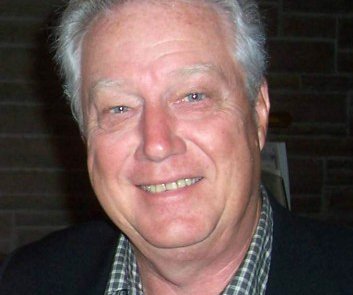The drought monitor report as of Tuesday, April 1st continues the deterioration in conditions from last week with a small area of South Central Kansas near the border now in severe drought. Our entire area is now back to moderate drought. The six to ten-day outlook (April 8 to 12) indicates a 40 to 60% chance of leaning above normal for temperatures and a 50 to 60% of likely below normal for precipitation. The eight to 14-day outlook (April 10 to 16) indicates a continuation of six to ten-day outlook.
Today, it’s burning season. You may have seen articles from extension about this. There were news stories about burn bans in Sedgwick County for April while ranchers in the Flint Hills burn. So, what are the reasons to burn.
• We will focus on perennial grasslands here. Some producers also burn crop fields such as wheat after harvest but let’s focus on grassland. There are two situations when burning grasslands – grazing pastures and CRP (Conservation Reserve Program) fields.
• Let’s tackle CRP first. The contract producers enter into with CRP is designed to take highly erodible land out of production and improve its quality while preventing erosion to turn it into “native” grassland. They receive payments for this during the life of the contract. They are not simply to let it go but return it to a natural state. This means eliminating invasive weed species, including trees such as Eastern Red Cedar. Additionally, except under special circumstances, the ground isn’t grazed or hayed. So periodic burning not only reduces undesirable plant species but eliminates excessive vegetative growth that over time reduces grass growth and provides excess fuel for wildfires.
• For grazing lands, the benefits are like CRP: eliminate undesirable plant species and excess growth. Many in the Flint Hills burn annually. However, this is often not necessary. It does help heat the soil and can speed up growth. Here, with the long-term effects of drought, less burning has taken place. In both cases, it helps return nutrients to the soil and provides a better environment for grass growth.
• Ideally, producers would like to burn just as the grass is breaking dormancy. However, soil moisture and temperature either speed up or slow down growth. The idea is to be done burning before wildlife such as gamebirds start nesting. CRP and grasslands are an important habitat for wildlife.
Dr. Victor L. Martin is the agriculture instructor/coordinator for Barton Community College. He can be reached at 620-792-9207, ext. 207, or martinv@bartonccc.edu.





